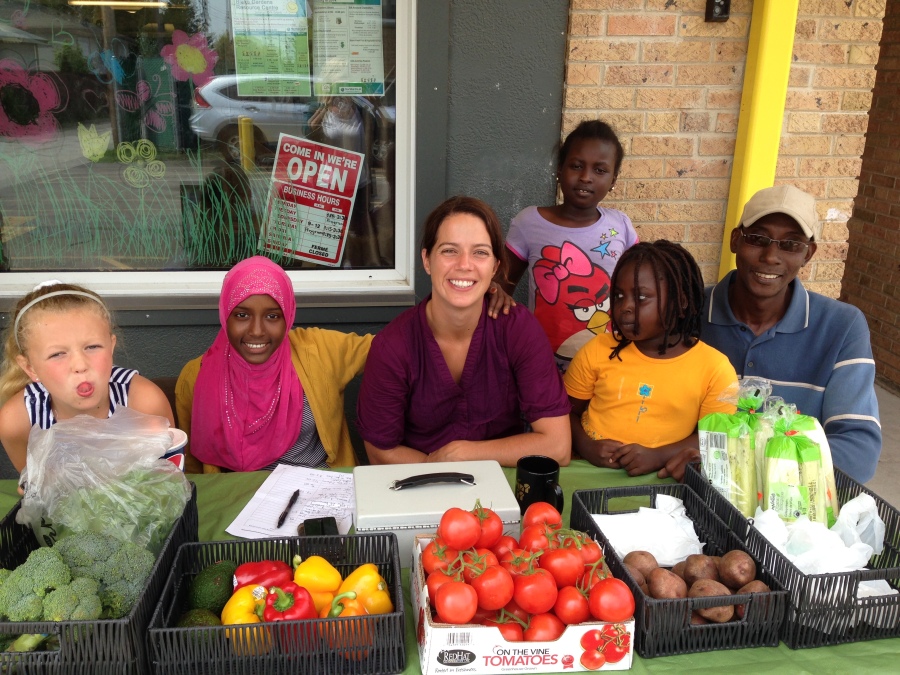Mike Sadlowski, NorWest’s Exercise Specialist, breaks down myths and facts related to falls prevention.
Fall Prevention brochures and commercials have been circulated to seniors for decades now in an effort to increase a person’s “balance” and decrease the risk of falling. The amount of Manitobans sent to hospital due to falls hardly changes year after year, yet we still send the same messages to people: wear proper footwear, practice standing on one foot, watch for trip hazards in your home. It’s good information – but we can certainly do better. Here are a couple myths and a couple glaring weaknesses in the strategies of today. If you are interested in Fall Prevention, or better yet, in Fall Awareness, Contact NorWest Co-op Community Health and ask about the L.I.M.B. program. This education class focuses on fall prevention topics and is designed for adults, not just seniors, in an effort to build an understanding and empower people to reduce their risk of injury from falling.
Myth #1: I do my exercises on unstable surfaces like wobble boards and bosu-balls to increase my balance.
Truth: Unstable surface training originated in therapy to help with ankle strength until someone decided that if you can stand or move on something that is moving, you should have better balance than other people. The truth is, all it does it make you better at standing on wobbly surfaces and has little transfer over to everyday life.
Better Solution: Maintenance of your mobility through strength training programs. When people say “If I get on the floor, I can’t get back up,” the probability for a serious fall injury risk is very likely. People need to exercise, regardless of age, and as we get older mobility becomes even more important. Typically, the best way to do be able to learn how to do something new is to practice it, and the same goes for learning how to get up and down from the ground; how to walk with a proper stable technique. Leaving your comfort zone may be necessary, but it can be done safely. For instance, learning how to get up from a chair without pushing off with your arms can be accomplished by placing a chair with supports around you to catch you in case you fall forward or to the side. If you can’t stand directly up, try first lowering yourself down into the chair as slowly as you can. This will help build up strength in your leg muscles that may be weak, and eventually you’ll increase your ability and move better than before.
Myth #2: I wear sturdy, cushioned runners inside the house and during walks outside to help my balance and keep my feet safe from stepping on something.
Truth: Your feet have a ton of nerve endings, and that’s what your brain uses to determine where you are in space. With each step you take it is trying to adjust your toes and muscles of the foot to flex or relax in order to move you without causing you to fall. Wearing proper shoes is important, but many runners have a narrow toe box, and don’t let your toes splay out for support. With extra cushioning, the muscles of your feet get lazy, and slowly your brain puts less “effort” into constantly trying to make sure you are moving properly.
Better Solution: Wear your footwear as needed, but while you are at home and are practicing proper fall prevention exercises such as heel to toe walking in your house next to a hand rail, or side lunging in place, try doing it without your shoes on. Many times hip, knee and ankle pain is caused by tight muscles your body is having to use because of the footwear we wear. Look for shoes with a large toe box, and is wide enough for your foot. We recommend going to a specialty footwear shop to purchase a quality pair of shoes, such as Canadian Footwear. Their experts can assess how you step with your feet and recommend particular shoes just for your needs.
There are plenty more risks and myths of fall prevention to be discussed, for more information talk to a Hans Kai lead or join the L.I.M.B. class for hands-on learning on what you can do for yourself or someone you care about when it comes to preventing and reducing the risk of injuries from falls.

































